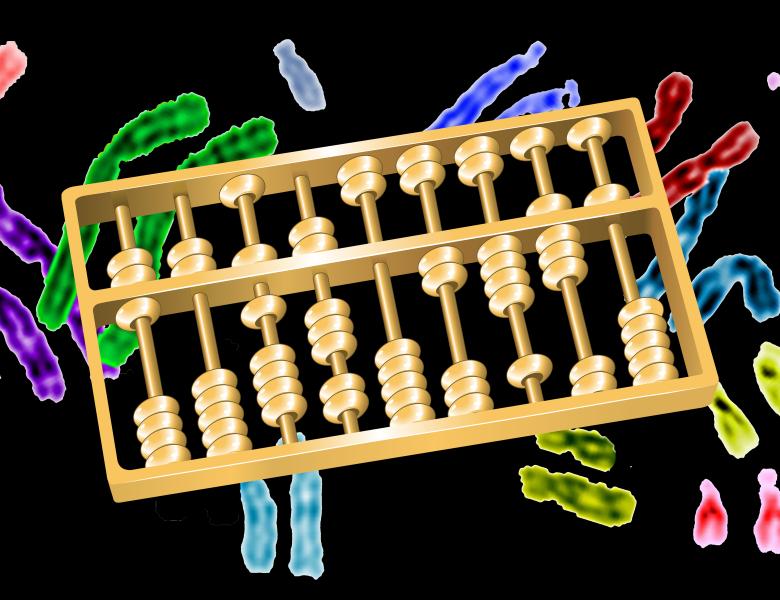We present a computational strategy to simulate drug treatment in a personalized setting. The method is based on integrating patient mutation and differential expression data with a protein-protein interaction network. We test the impact of in-silico deletions of different proteins on the flow of information in the network and use the results to infer potential drug targets. We apply our method to AML data from TCGA and validate the predicted drug targets using known targets. To benchmark our patient-specific approach, we compare the personalized setting predictions to those of the conventional setting. Our predicted drug targets are highly enriched with known targets from DrugBank and COSMIC (outperforming the non-personalized predictions. Finally, we focus on the largest AML patient subgroup (~30%) which is characterized by an FLT3 mutation, and utilize our prediction score to rank patient sensitivity to inhibition of each predicted target, reproducing previous findings of in-vitro experiments.
